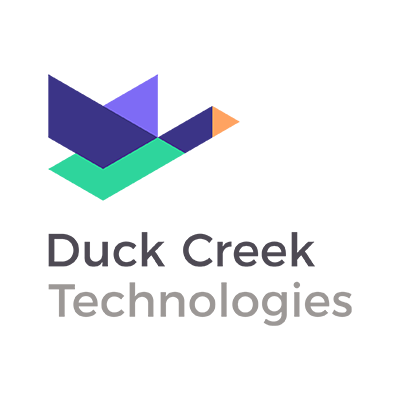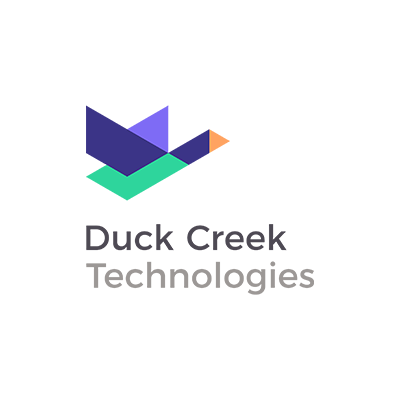London market insurers are turning to Software as a Service, putting a new emphasis on how to achieve a successful tech rollout. Duck Creek Technologies’ Matthew Priestley shares his expertise.
1. Agree on a Common Project Objective
First and foremost, and this is the obvious one, what are the objectives you’re trying to achieve? While you may think this is understood by everyone in the program each will have individual wants and needs. Therefore, you need to begin by knowing the primary goals are the programme and ensuring this is clearly communicated throughout the project team and the business. The decision-makers are not present throughout the entire process, they can’t have direct oversight of every stage, task, process and sub-process. Therefore, everyone needs clarity about the overarching aims of the project, to eliminate the risk of the goals drifting and being redefined by individuals or sub teams with their own objectives. The ships must all sail in the same direction!
There is a risk, particularly early in the process, of going off track. This is the phase in which various stakeholders will come forward with constraints about what can be achieved and what can’t. This can contribute to veering off track early from those aims, and if you’re not careful, so that you can end up miles off your desired destination. A 5% deviation at the start of a project, will end up vastly further adrift of the destination than a 5% deviation towards the end of the project. Stay on track, and don’t let constraints, whether real or imagined, redefine the aims.
2. Build a Strong Connection Between Your Business and IT Teams
Traditionally, the IT and the business were often separated, both in terms of decision making and cultural values. Neither understood the language of the other, nor had much interest in learning. Times have thankfully changed. It is obvious in 2023 that the future requires both to work together, hand in glove. There now needs to be more collaboration and acceptance of cross skills between the teams, so that business understands IT and vice versa.
For your tech project to succeed, the overlap needs to be so good they are working as one team. You need everyone involved, not just through representation on a steering committee, but in implementation, training and demonstrations, so that from the get-go, you have business people who understand how the system works, how it’s put together, and what makes it tick. This will help to manage their expectations and shape requirements and stay out of the box without over customising the application.
3. Build a Strong Governance Structure
At Duck Creek, we have our own governance structure called Delivery Assurance, to ensure our design decisions are in tune with the philosophy of the client, a system which is itself regularly reviewed to provide additional oversight. A strong governance framework provides the oversight that will give the minor course corrections that are usually necessary to keep a project is progressing. On the business side, you’re going to want to have your own governance structures are working with this project, to ensure it’s being designed to work effectively and steering in line with your aims and objectives. An airplane automatically, has safety and governance systems to ensure it flies safely, makes course corrections and reaches its destination. Your project needs the same.
4. Involve Support Team in New Project Implementation
So much focus is inevitably on implementation and the goal of going live with a new product. What almost inevitably gets less focus is the less glamorous maintenance that comes afterwards.
However, this is just as much a part of a successful implementation as the big day itself. That’s why it’s worth having your “business as usual” support team involved in implementation at various stages. They need to understand things too, so that when you’re in support mode, they understand the system, those aims we talked about earlier and this will make them better equipped to deal with issues swiftly but also have a view as to whether the aims are being met in live usage.
5. Focus on your Core Competencies of Underwriting & Products
Insurers are not technology companies. No matter how enabled they are by technology, we understand that your primary differentiator should be the edge provided by your underwriting and products. So, you need to be able to focus on that as much as possible, not the tech.
OnDemand is Duck Creek’s SaaS solution. It provides the technology infrastructure and also gives carriers the control they need to innovate faster. OnDemand enables Duck Creek to take care of many of the tasks that an implementation team would usually be concerned with, which enables them in turn to focus instead on your insurance products.
Matthew Priestley is Duck Creek Technologies’ European leader for delivery assurance and solution architecture.





